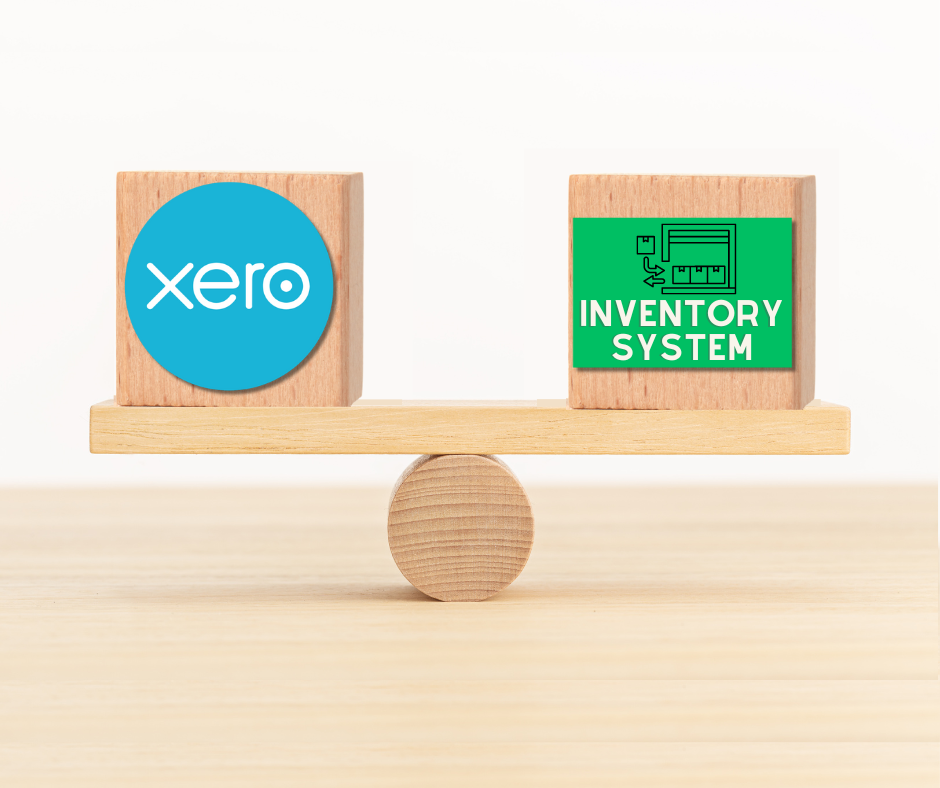Maintaining accurate stock records is crucial for ensuring your business has up-to-date and reliable inventory figures and reporting. However, discrepancies between the Stock on Hand assets in Xero and your inventory system can be challenging to resolve.
In this blog, we'll explore a step-by-step guide to identify and address these discrepancies.
